Tag: Pain Management
-

Euthanasia (part 1): caring for the client
—
by
Euthanasia is a big part of our work as veterinarians. Working in an emergency setting, it is something I have to face on every shift. It doesn’t get any easier no matter how many times I have to do it, but I have fine-tuned my approach over the years so each euthanasia process runs as…
-
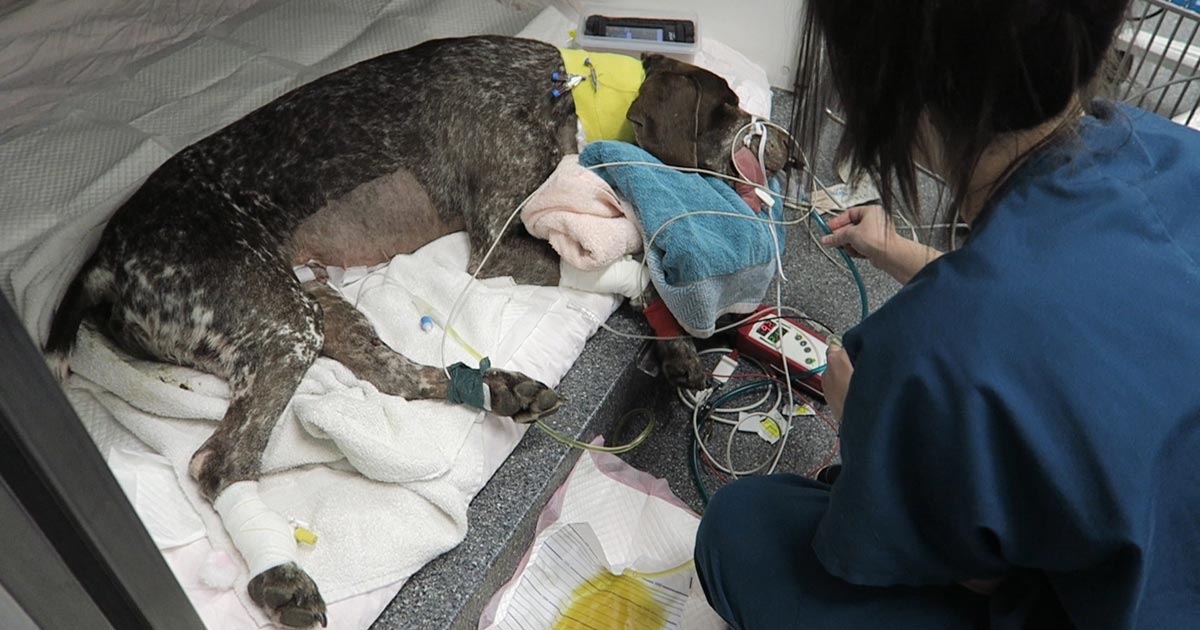
Focus on GDV, part 4: the recovery
—
by
Postoperatively, gastric dilatation-volvulus (GDV) patients remain in our intensive care unit for at least two to three days. Monitoring includes standard general physical examination parameters, invasive arterial blood pressures, ECG, urine output via urinary catheter and pain scoring. I repeat PCV/total protein, lactate, blood gas and activated clotting times (ACT) immediately postoperatively and then every…
-
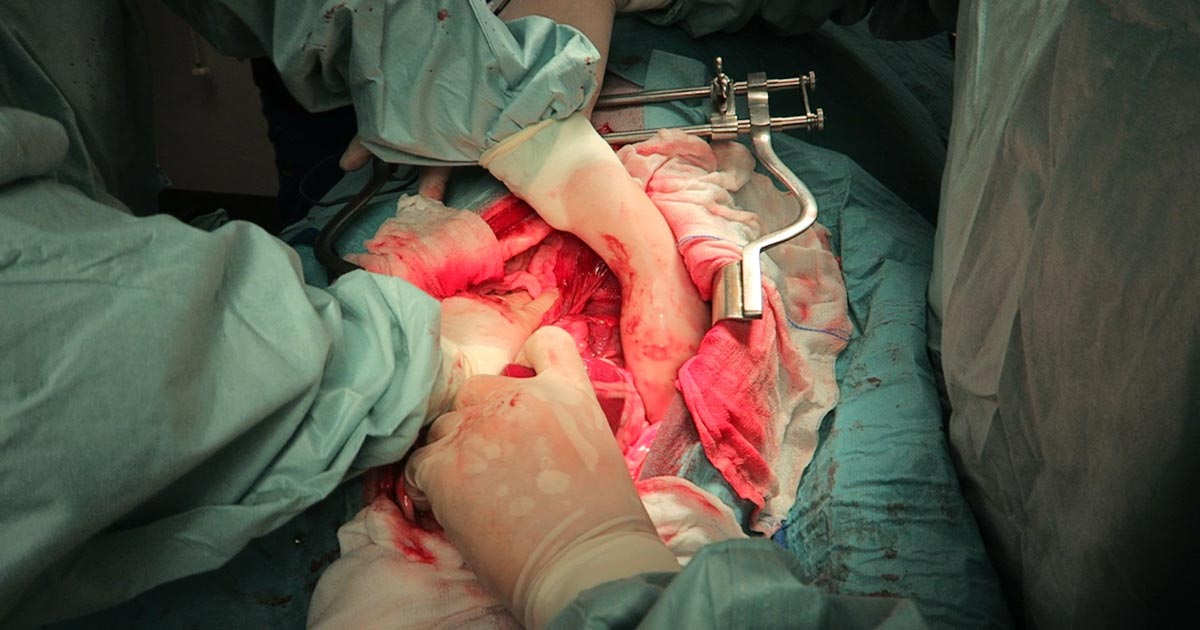
Focus on GDV, part 3: surgery tips
—
by
Following on closely from the first two parts of our February focus on gastric dilatation-volvulus (GDV) – which covered IV fluid resuscitation, pain relief and gastric decompression – we turn to surgery. Here, I offer a few tips to help ensure the procedure runs as smoothly as possible. Abdominal incision Make the abdominal incision large…
-
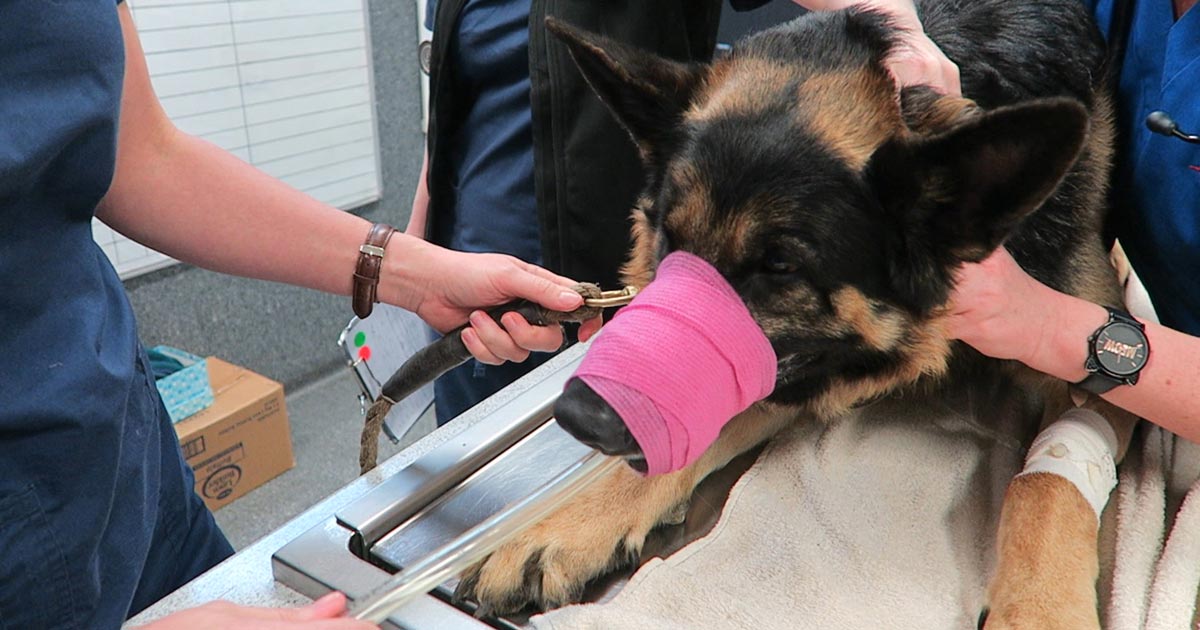
Focus on GDV, part 2: releasing the pressure
—
by
Last week we covered IV fluid resuscitation and pain relief. This week we will go into more detail about gastric decompression. Gastric decompression can be achieved in two ways: trocarisation stomach tube (orogastric tube) placement The decision on which method to use depends on many factors – personal preferences, past experiences and clinical protocols, to…
-
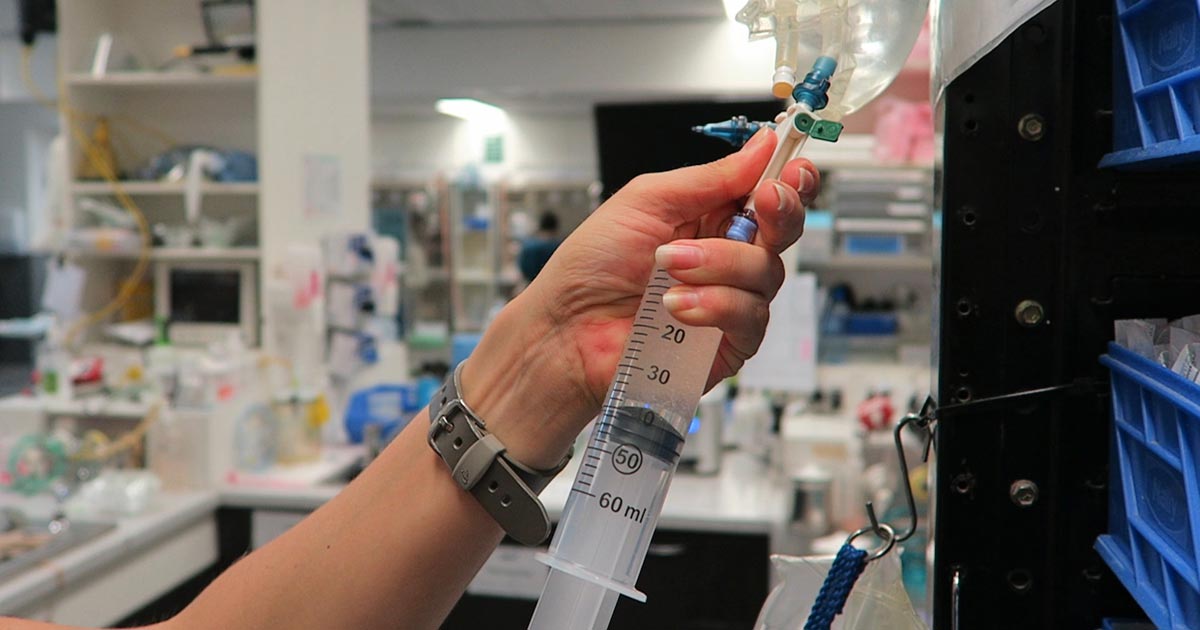
Focus on GDV, part 1: resuscitation
—
by
Last month we covered a bit of pathophysiology, presenting pathophysiology, presenting clinical signs and the radiographic diagnosis of gastric dilatation-volvulus (GDV). Now we cover the three things you need to do as soon as a suspected case is presented: IV fluid resuscitation decompression of the stomach pain relief Depending on the number of staff you…
-
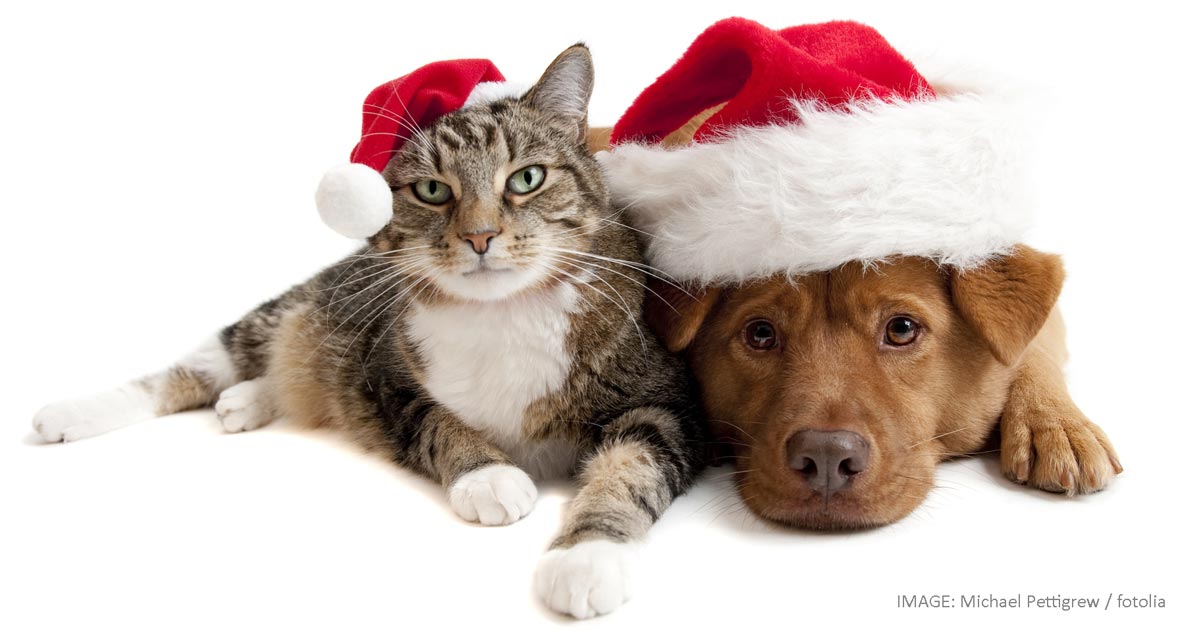
Christmas dangers
—
by
Christmas can be a busy time for vet clinics, so here is a list of common intoxications and conditions to keep an eye out on during the festive period. Chocolate Numerous online calculators can determine whether a toxic dose has been consumed and they are a great place to start. I always perform emesis in…
-
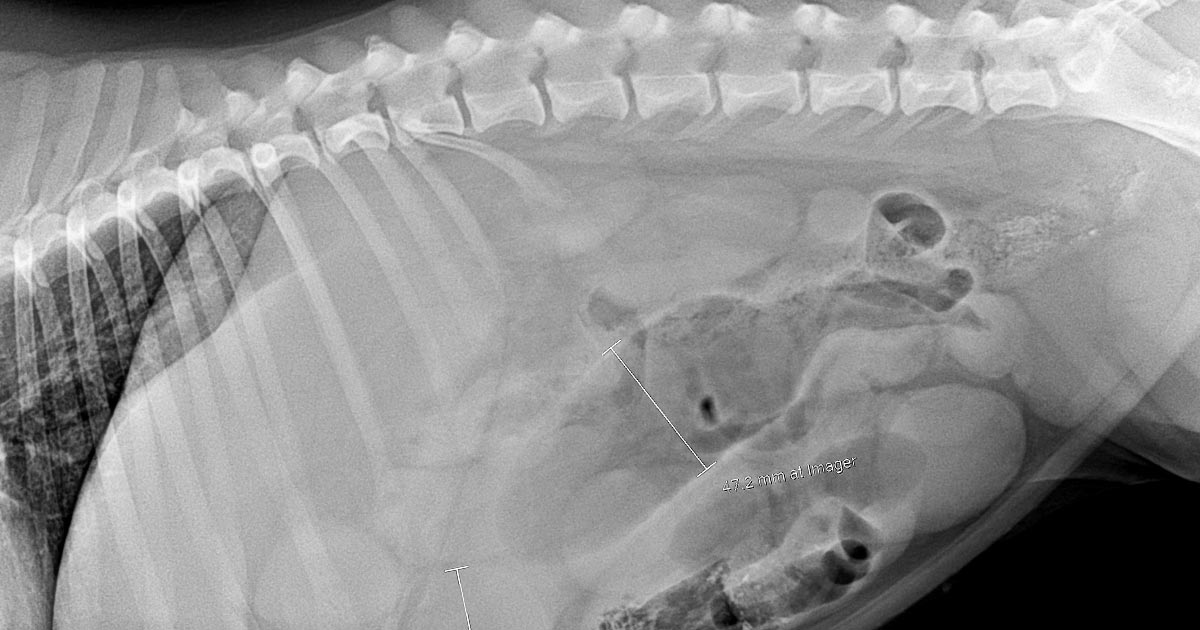
Abdominal radiography, part 2
—
by
Last week’s tips (Abdominal radiography, part 1) were about taking appropriate images. Now, here are some tips on interpreting those images. Interpretation I often find there is too much to look at and it gets confusing with overlapping organs. I like to step back and look from a distance; sometimes, this gives me an overview…
-

Diarrhoea at midnight: the OOH conundrum
—
by
The veterinary staffing crisis is hitting out-of-hours providers, which could potentially have a huge impact on the rest of the profession. Practices that outsource their out-of-hours care have been warned to have a contingency plan, while those struggling to staff their own in-house OOH services won’t have the option to outsource. There is no ideal…
-
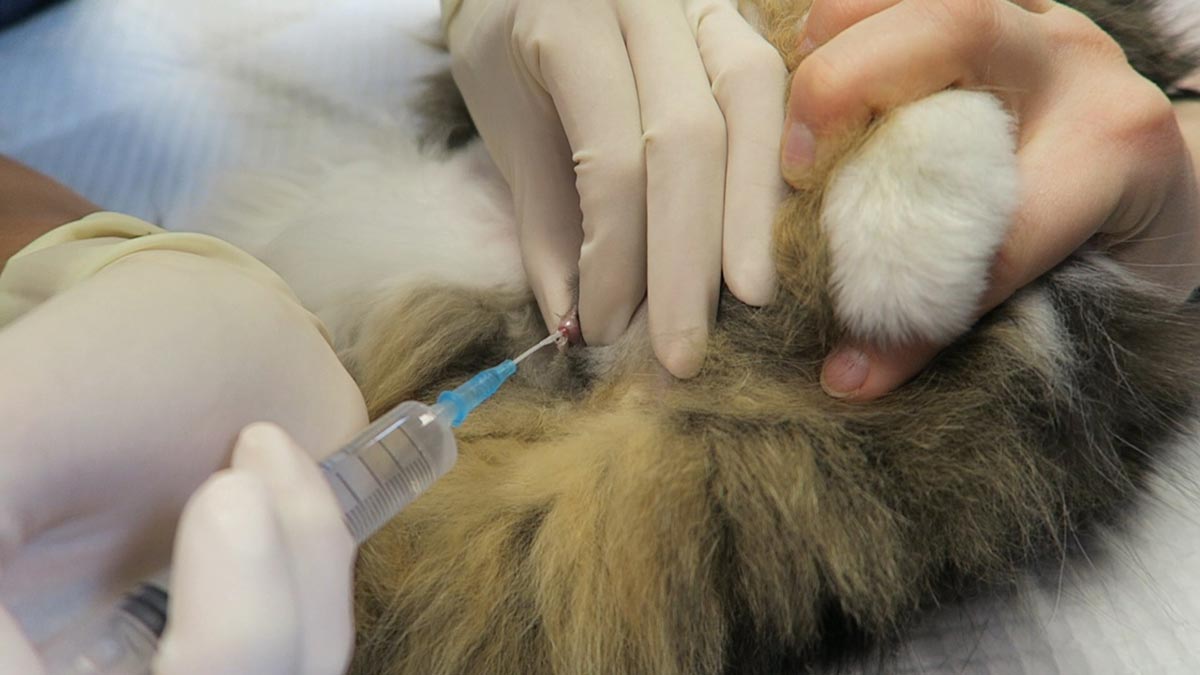
Temporary catheters in obstructed FLUTDs: buying time with a blocked cat
—
by
Obstructive feline lower urinary tract disease (FLUTD) is a common presentation in both general practice and emergency settings. Every clinician has his or her own approach to treating and managing a cat with obstructive FLUTD signs. Working in an emergency setting, once I have confirmed an obstructed bladder via palpation, I focus on trying to…
-
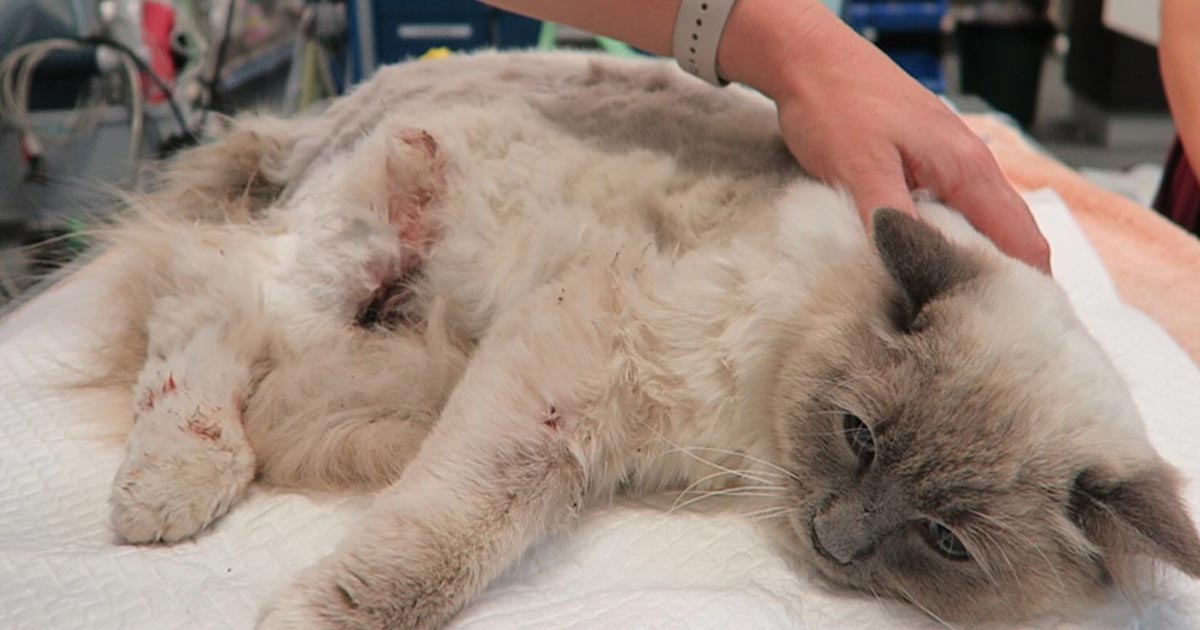
Cat bite abscesses
—
by
Cat bite abscesses are one of the most common presentations in general practice. Even in an emergency setting, I see a number of these patients. Usually they are obvious, but, occasionally, they’re not so obvious and the patient comes in lethargic, inappetant and often “painful”. Overly dramatic? One thing I’ve learned in my time is…